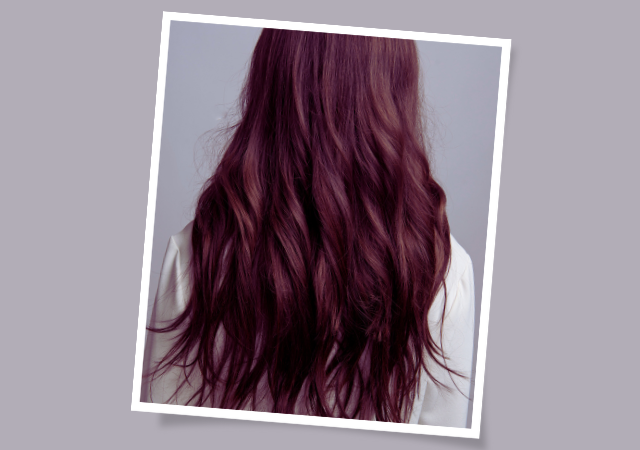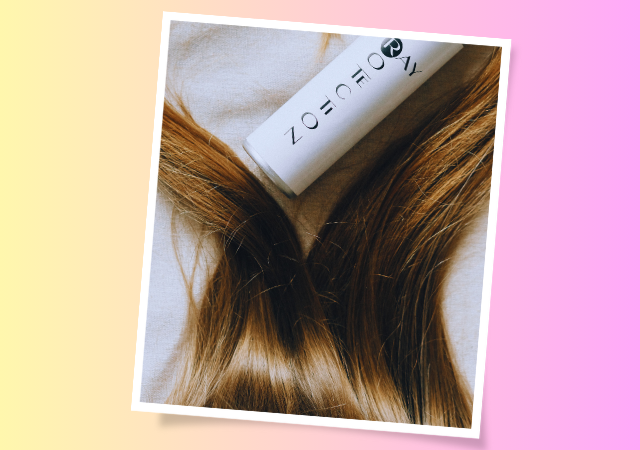Expert Tips for Using a Hair Straightener Without Damaging Your Hair
Introduction
I. Understanding Your Hair

Different hair types require different approaches. Straight hair, wavy locks, and curly tresses all respond uniquely to heat styling. Before diving into the straightening process, take a moment to understand your hair type and its specific needs. While straight hair may require less heat, curly or coarse hair may need a bit more finesse to achieve the desired results.
II. Choosing the Right Hair Straightener:

The market is flooded with a variety of hair straighteners, each equipped with different materials and technologies. Understanding the distinctions can make a significant difference in preventing damage. Ceramic straighteners distribute heat evenly, tourmaline straighteners emit negative ions for smoother results, and titanium straighteners are known for their durability. Selecting the right straightener for your hair type and needs is the first step toward achieving a stunning yet safe hairstyle.
III. Preparing Your Hair for Straightening:
Properly preparing your hair before using a straightener is a crucial aspect of damage prevention. Start with a thorough wash and conditioning session, ensuring your hair is free from any product build-up. Towel-dry your hair gently and detangle using a wide-tooth comb. Applying a quality heat protectant is non-negotiable to create a protective barrier between your hair and the heat.
IV. Technique Matters:

The way you wield your straightener can significantly impact the health of your hair. Sectioning your hair before straightening ensures an even application of heat and prevents overexertion on particular strands. Mastering the grip and movement of the straightener is equally vital. A slow, steady motion is more effective than rushing through the process. By adopting the correct technique, you can achieve the desired results with minimal risk of damage.
V. Adjusting Temperature Settings:

Understanding the correlation between temperature and hair type is crucial in preventing heat damage. Straighteners come with adjustable temperature settings, allowing you to tailor the heat to your hair’s specific needs. While straightening may require higher temperatures for curly hair, it’s essential to start with lower temperatures for finer or straighter hair. Gradually increasing the temperature can help you find the optimal balance between style and protection.
VI. Regular Maintenance:
Maintaining your hair straightener is as important as using it correctly. Clean the straightener plates regularly to prevent product residue from affecting its performance. Store the straightener in a cool, dry place and check for any signs of damage or wear. A well-maintained straightener not only ensures consistent results but also prolongs the life of the device.
VII. Limiting Frequency of Use:
While the convenience of a hair straightener is undeniable, using it too frequently can lead to long-term damage. Excessive heat exposure strips the hair of its natural moisture, making it more prone to breakage and split ends. Consider embracing your hair’s natural texture on some days, giving it a break from the heat. Alternating between straightening and natural styles helps maintain a balance between aesthetics and hair health.
VIII. Post-Straightening Care:

Once you’ve achieved the desired straightened look, it’s essential to follow up with post-straightening care. Applying finishing products such as serums or hair oils can add shine and further protect your hair. These products provide an additional layer of nourishment and hydration, combating the potential dryness caused by the heat.
IX. Signs of Damage and How to Address Them:
Even with the utmost care, occasional signs of damage may appear. It’s crucial to recognize these indicators promptly and take remedial measures. Signs such as split ends, excessive dryness, or increased breakage warrant immediate attention. Deep conditioning treatments, regular trims, and reducing heat exposure can help address and prevent further damage.
X. Alternatives to Daily Straightening:
To maintain your desired style without subjecting your hair to daily heat, explore alternative styling methods. Overnight heatless styling techniques, such as braiding or using hair rollers, can create beautiful waves or curls without the need for a straightener. This not only protects your hair from excessive heat but also adds versatility to your styling routine.
Conclusion

My name is Rohit Vagh and I’m a content writer specializing in fashion and lifestyle. I have three years of experience in this field and have written various articles. My writing style is creative and engaging, and I strive to create content that resonates with my readers. I have a deep passion for fashion and am constantly researching the latest trends and styles to make sure my readers are up to date. I’m excited to continue my career in blogging, and I’m always looking for new opportunities in the fashion and lifestyle space.





